After earning a degree in Anthropology from Stanford, Michael worked in the educational software space in the 90s:
“I was exposed to the waterfall model in building software, user experience, and usability.”
He then went on to work at a San Francisco-based firm specializing in boutique product design innovation. They worked on projects from big clients like DuPont, Maytag, and Ericsson.
“I learned a lot about innovation and strategy there. It was also my first exposure to doing deep ethnographic style research, and working closely with clients.”
After his stint at the the firm, he went on to join Walmart and learned a whole lot about the ecommerce industry :
“That was a big shift for me because Walmart was all about execution, low cost, speed, and scale. So I had to learn how to take these ethnographic research techniques, compress them, make them faster, and learn how to work with a huge variety of different businesses.”
Michael says Walmart taught him how to see the world in terms of shopping:
“It’s about comparing things and thinking about, ‘How do I identify what’s important to people?’ ‘What are the important criteria as you compare different options?’”
After 4 years with Walmart, Michael joined Google and GMail where he led the research team.
“One of the things we did there were these watch parties. This is when someone conducts a research while entire teams are watching and participating in that study.”
Google Ventures
Google Ventures is Alphabet’s venture capital team which was established in 2009. It has over 10B USD in assets, and 400 active companies in its portfolio – ranging from biotech, consumer enterprise, and more.
In 2010, Michael joined Google Ventures and became its first UX research partner. Together with his small design team, they help early-stage startups clarify their bullseye customer, and their product’s unique value proposition.
“We’ve taken a lot of techniques and research methods I’ve collected over the years, adapted, accelerated, and made them really high impact and high speed to help startup companies move faster.”
Bullseye customer sprint
“In a nutshell, the formula for a bullseye customer sprint is ‘5 and 3 in 1’. So what we do is we interview five bullseye customers with three prototypes, and we do it all in one day while the whole team watches and they debrief together.”
Step 1. Identifying the bullseye customer
A bullseye customer is a very specific subset of your target market who is initially most likely to adopt your product.
“We saw that you can move a lot faster if you build a product that’s specific to a group of people.
It’s very difficult and rare to build a product that works great for everybody. As investors in companies, we ultimately want products to be for everybody. But in the early stages, you really want to focus and grow from there.”
Step 2. Getting feedback from the bullseye customer
During the qualitative interviews with the bullseye customer, Michael and his team can dive in and know more about the customer’s experience, needs, and problems.
These interviews are done in small batches to streamline the communication, analysis, and knowledge sharing among team members:
“We can conduct five interviews in one day. At the end of the day, because the whole team has watched the interviews, the patterns and lessons we learn from that just become very clear.
The team can decide to do something different, adjust their prototype, adjust who they’re talking to, or start building things depending on what they’ve learned.”
Narrowing down to the bullseye customer
Unlike an ideal customer profile or persona, the bullseye customer is very specific and drilled down to inclusion criteria, exclusion criteria, and the triggers that are key distinguishing characteristics.
Michael shares how they developed this for a delivery service focusing on special medications. These types of medications are very expensive, often prescribed for those with chronic conditions, and they can’t be bought at the nearby pharmacy:
“Before they built the logistics systems, one of the big questions was: do people need this medicine right away or they’re just going to wait? Or is it more important to have a narrow delivery window (i.e. please deliver it tomorrow around 2:00 pm)?
We also had to understand who exactly these customers are and who would need a delivery service like this.”
On the surface level, it would seem like anyone who was on specialty medications would need this kind of service. But as the team dug deeper, they narrowed it down using several criteria:
- A specific set of chronic conditions
- A specific set of medications
- The patient has used a prescription delivery service in the last 6 months
- Has used some kind of delivery app (i.e. Instacart or Uber Eats)
- Has insurance that covers their medication
- Somebody who’s not just sitting at home and available all day to receive it
They also set criteria to exclude certain types of people such as:
- Those in assisted living facilities or who have a caretaker
- Somebody who works in healthcare or in a pharmacy
“Doing this helps us get very a specific hypothesis about who we think we’re going to be building a product for.”
Prototypes as different recipes for value proposition
While not functional, prototypes are made to present different versions or possibilities of a product’s value proposition.
“These are really just PDFs or just something flat. It looks something like a homepage that describes the different versions of a product.”
Letting teams build their own prototypes
Google Ventures lets the teams build their own prototypes for two reasons:
- The teams are experts in their own product
- The exercise gives teams clarity
“Even before we go through the interviews, the teams often tell me that going through the bullseye customer exercise, creating the prototypes, and articulating/writing down the value proposition has helped clarify a lot of things for them.”
Using real products as prototypes
“Sometimes if there are competitive products in the space, we’ll use them as prototypes to save time and effort because they’re free.”
Michael shares that founders are usually hesitant about using competitive products as prototypes but reassures that this practice is legal:
“Founders are hesitant to do it, maybe because they’re worried if it’s legal or if they’re going to copy that product. But these are live products that are out there so we might as well learn as much as possible from those.”
Putting the customer in a shopping mindset
Prototypes are also stylized to make them look as realistic as possible so customers can compare and contrast the different options:
“So these are not just rough sketches. We want them to seem real enough that people are responding to it. So one might be green and one might be blue but it’s not about trying to figure out which color you like.
We want them to look different enough so that they can distinguish the value proposition, the features, and the different possible benefits between the prototypes. Because if everything looks very similar, it becomes difficult for the participant in the interview to distinguish between the prototypes.”
Collecting the best variables from each prototype
“We’re looking for what parts you really like, and what parts you don’t like. It’s like we’re collecting the best Lego pieces of each prototype and we’ll recombine those to inform what our ultimate value proposition will be.”
Deploying the knowledge from the process
In between each interview, the team debriefs and shares their key takeaways:
“We have a spreadsheet that contains what the team was hoping to learn from the interview. During the debriefs, we ask the team to fill that spreadsheet for each interview.”
At the end of the day, each team member will independently fill out a Google Form to share their three big takeaways from the interviews:
“What we see from this is it captures the big lessons that everybody had from sitting through all those five interviews that day. There’s just this remarkable amount of alignment and momentum. The team gets fired up from this and are excited to do the next thing.”
Michael shares that there’s no research report coming from this process because the notes and the forms have already summed up the key learnings of the process.
“We then regroup and work through these notes so the team can think through. During the marination phase, we give the team a day or so to think about the next steps.”
Final advice
Do be very specific about who your bullseye customer is.
“Be very specific about the definition of who is your bullseye customer, who it is and who it’s not. Really write that down.
Be very picky about who you’re getting feedback from and how you’re prioritizing that feedback. This feedback should initially come from the people who really match your bullseye customer.”
Don’t confuse selling with learning.
“When I’m selling, I somehow need to worry about looking good and smart, and making a good impression. When I’m learning, I’m in a different mode where I’m curious, vulnerable, and I can ask ‘dumb’ questions.
The pitching mode is not an ideal way to get very frank feedback from customers.”
Thanks for listening! If you found the episode useful, please spread the word on Twitter mentioning @userlist, or leave us a review on iTunes.

